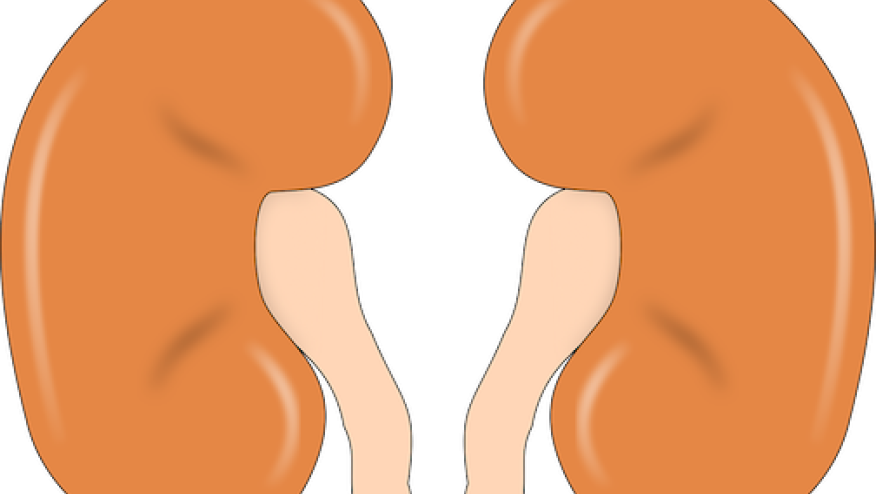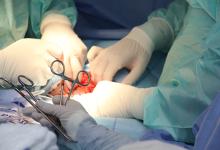Sooner May Still Be Too Late: Kidney Biopsies in SLE Save

ACR Convergence 2025 will be kicking off with a Plenary Session by Michelle Petri (Abstract 0772: Redefining When to Biopsy the Kidney in Patients with SLE), which is a great place to kick off our coverage of the meeting. As part of a collaboration with the Accelerating Medicines Partnership, Petri and colleagues have given data to what many of us have long suspected: a biopsy threshold of 0.5g/d of proteinuria may be too high.
Petri and colleagues prospectively enrolled patients with SLE and no prior history of lupus nephritis to receive biopsies when they had a urine protein-to-creatinine ratio between 0.25 and 0.49 g/g. These levels would not typically prompt a biopsy under current ACR or EULAR guidelines. Each patient also had at least one additional predictor of SLE-LN, such as a low C3 or C4, anti-dsDNA positivity, or active urinary sediment.
What they found was compelling. Of the 28 patients biopsied, 20 had histologic evidence of lupus nephritis. This wasn’t just Class I or II disease – 13 patients had Class III or Class V LN, which would trigger me to initiate real-deal immunosuppressive therapies. This played out in their cohort as well – more than half included patients went on to start mycophenolate based on their biopsy results. That’s a remarkable diagnostic and therapeutic yield in a purportedly “low-risk” population, at least by current guidelines.
We don’t often say this about a case series of just 28 patients, but this could be practice changing. If these results are validated, I can genuinely see myself shifting my threshold for when to refer a patient for biopsy. The cost-benefit calculus starts to look very different when you realize that a patient with a UPCR of 0.3, low complements, and positive dsDNA may already have Class III or Class V nephritis. Perhaps this explains why we often find high levels of chronicity when we eventually do perform biopsies; nearly 1 in 5 patients from this cohort already had some degree of chronicity on biopsies that occurred far sooner than most of us are doing.
I would be remiss not to share a few notes of caution. First, this is one small-ish study and we cannot know for certain that this will replicate in community practice. Second, biopsies are not free. You cannot hold pressure on the kidney and post-biopsy bleeds can be life threatening. Third, even if we take this at face value, we cannot say for certain that this will help people. What if patients with under 0.5g of proteinuria do just fine with hydroxychloroquine and close follow up? They noted progression despite therapy – what if intervention on these earlier cases is of marginal benefit? Given the gravity of SLE-LN, I find this critique somewhat implausible and would advocate for treating any patient with Class III/IV/V nephritis who has activity on their biopsy.
Overall this is a remarkably provocative study, which makes a good case for earlier, individualized decisions about when to biopsy patients with SLE and proteinuria. In the future I could see us basing our biopsies on a more holistic view of the patient, which goes beyond a rigid proteinuria thresholds to include a broader understanding of risk. This study also reinforces the importance of recognizing trends; if your patient has drifting serologies, creeping proteinuria in the 0.3–0.4 range, and belongs to a higher-risk demographic, you may want to act sooner rather than later. I’ll be watching closely to see if these findings are replicated in a larger cohort, but for now, they’ve already nudged my threshold for concern.
Join The Discussion
Similiar findings noted from our study done couple of years back
Padiyar S, As C, Gowri M, Mathew J. Does the standard proteinuria cut-off for renal biopsy in lupus nephritis as per the current guidelines hold good for Asian population? A single-centre study from South India. Lupus. 2024;33(13):1511-1517










If you are a health practitioner, you may Login/Register to comment.
Due to the nature of these comment forums, only health practitioners are allowed to comment at this time.